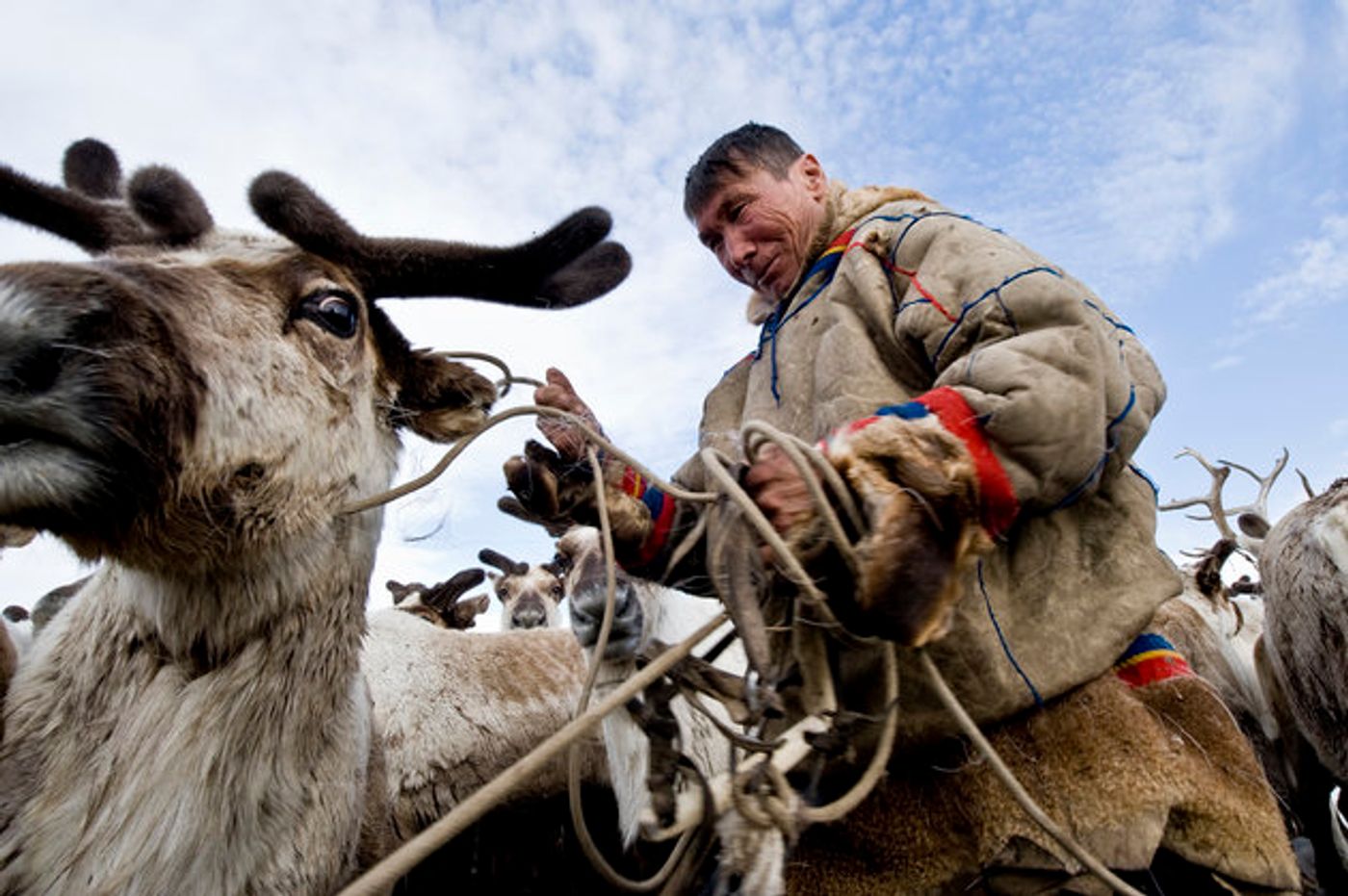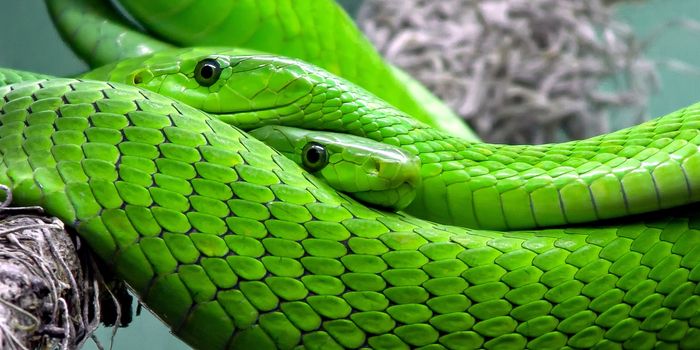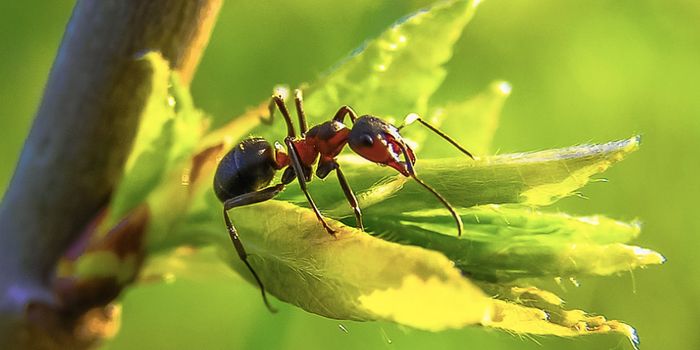Russia’s Yamal Peninsula in northwestern Siberia, is perhaps the most productive reindeer-herding region in the world. The animals are suited for the freezing temperatures and thick snow. Hundreds of thousands of reindeer roam the area, herded by the indigenous Nenets people, who are among the Arctic’s last truly nomadic reindeer herders.
The International Union for Conservation of Nature considers reindeer to be vulnerable. In Russia, reindeer populations have declined by more than 20 percent since 1990, the IUCN said last year. But climate change threatens reindeers and the communities that rely on them (not only Santa), according to a study published last week in the journal Biology Letters. Global warming has claimed the lives of at least 80,000 reindeer on the Yamal Peninsula in the past decade, the scientists said. And the risks are only projected to increase in the coming years.
In November 2013, 61,000 reindeer — or almost one-quarter of the local population — starved to death on the peninsula. Researchers said it was the largest regional mortality event of reindeer ever recorded. And a mass death event in 2006 saw an additional 20,000 reindeer perish from starvation, the scientists said. In both cases, The Huffington Post reports that the animals appeared to have died due to abnormally thick layers of snow and ice in their habitat, which made it impossible for them to access the lichen and other vegetation on which they survive. The impenetrable snow was a result of retreating sea ice in the adjoining Barents and Kara Seas, according to the researchers.
Linking several occurrences together, the study summarized the sequence, “Warming → Sea ice decline → Increased precipitation and winter temperatures → [Rain-on-snow] events → Reindeer mortality.” In other words, unusually warm temperatures cause the melting ice, which produces high levels of evaporation and humidity, which in turn prompt heavy bouts of rain that soaked the snowy ground below (a phenomenon scientists refer to as ROS, or “rain-on-snow” events). The ROS events are followed by a sudden dip in temperature that caus the snow to freeze, making it near impossible for the reindeer to shovel out their foot with their hooves.
“Reindeer are used to sporadic ice cover, and adult males can normally smash through ice around 2 centimeters thick,’ said study leader Bruce Forbes of the University of Lapland in Rovaniemi, Finland. “But in 2006 and 2013, the ice was several tens of centimeters thick.” The current risk, Forbes says, is another famine. “Now is the risk window, and if it happens again, it will be a major problem for traditional reindeer herders still suffering from losses in 2013.”
The lives of indigenous Nenets people, an ancient nomadic culture, are closely intertwined with their reindeer herds. As a result of the mass starvations, “the [indigenous] herders who had lost most or all of their animals to starvation were functionally stranded in the tundra,” the scientists wrote. “With no draft reindeer to haul their camps, they resorted to full-time subsistence fishing and borrowed breeding stock to rebuild their herds, a multiyear process.”
Unfortunately, it is likely that another mass famine will occur this winter, as the ice extent in the Arctic Sea was the lowest ever recorded in October and “especially low” in November in the Kara Sea, according to the National Snow and Ice Data Center. Rains, which the study highlights as the key cause of these events, are predicted to become more frequent and intense in the Yamal Peninsula as Siberia continues to warm, Forbes said.
According to Inhabit, if this year turns out to be another bad food year for the reindeer, it will be a doubly difficult season for the ungulates, as authorities have planned a massive cull of up to 250,000 reindeer this Christmas to address overgrazing and an outbreak of anthrax amongst herds. One child died this past August and 90 people were sent to hospital as a result of an outbreak that was blamed on a thawed reindeer corpse infected with anthrax.
Sources:
The Huffington Post,
The Washington Post,
Biology Letters,
Inhabit




















































